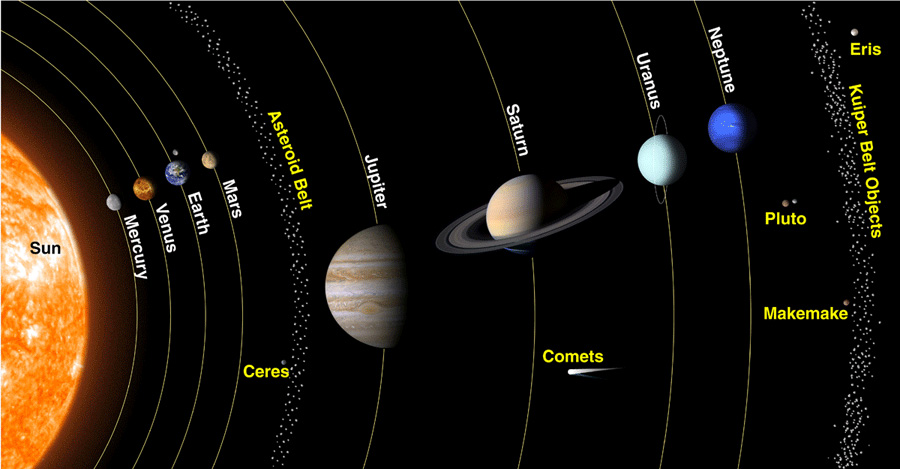Ti means rib. So it literally means Lady of the Rib, which of course also equates to Eve.
So is it actually Atum and Tefnut rather than Adam and Eve?
How has the myth been altered?
I remember Mrs doubtfire talking about Atum being Adam, and painted red as the earth. But this is the first time I had heard of Tefnut as Eve.
Is the story of her descending into the chaos, similar to Eve being sent out of the garden of Eden?
Why would Atum be in the story but not Shu? Hmm?
This site here says
http://www.biblicalheritage.org/bible%2 ... hawwah.htm
In the original version, it says that the male ate the forbidden fruits- Hah, typicalHawwah (CHAVVAH), mistakenly called Eve by generations, is probably one of the best-known women in the world throughout the ages. The Hebrew name Hawwah links this very rare name with the prime verbal root "to make live" - hayah - which is in itself an Akkadian word. This concept is no doubt connected with her magnificent epithet or title.
Adam named his wife Hawwah because
she was the "Mother of All the Living" (Genesis 3:29).
Is it pure coincidence that the "Mother of All the Living" is precisely the title born by Ninhursag, the Sumerian "Lady (or even more stricktly Mistress) of the Mountain"? I don't think so. Earlier, in Genesis 2:21-23, we read of the creation of Hawwah. The first woman and great mother is not formed from clay or the earth, like her mail counterpart:
So it seems Nin-ti which apparently is also Tefnut? Not sure how that works, is Eve. So Eve started off as a goddess, but was demoted when it was decided there was one God. Demoted but retained in another form. Interesting how a story gets changed as peoples beliefs change. Yet its still there, still part of the backbone of the creation myths.In the Sumerian version we find that Enki (who we now identify with Yahweh) is cursed by the great mother-goddess, Nisnhursag, because he has eaten forbidden plants growing in paradise. Kramer, the translator of the text, notes yet another parallel with the biblical paradise myth.
"Enki's eating of the eight plants and the curse uttered
against him for his misdeed recall the eating of the fruit
of the tree of knowledge by Adam and Eve and the
curses pronounced against each of them for this sinful action."
Enki's health begins to fail and the other gods realize that he is dying. They persuade Ninhursag to relent and she sets about the task of curing Enki's sickness, creating a goddess called Ninti to cure his failing bones.
My brother (Enki), what hurts you?
My rib hurts me.
To the goddess Nin-ti (`Lady of the Rib')
I (Ninhursag) have given birth for you."
Now the word for "rib" in Sumerian is "ti" which happens also to be the Sumerian verb "to make live." So the Mesopotamian author of the myth is employing a pun to equate the "Lady of the Rib" (Ninti) with the "Lady Who Makes Live" (Ninti) - that is the goddess who brings Enki back to life from his near-death condition.
When Kramer first translated the ancient text of the Sumerian paradise myth, he immediately saw in this passage an explanation for the biblical story of Adam's rib. The author (or perhaps the later redactor) of Genesis when he adapted this myth in order to incorporate elements of it into the biblical narrative, was clearly unaware of the fact that the Sumerian tale involved a play on words and so simply translated ti as "rib." Thus "Eve" is created from a rib and, because there is no similarity between the Hebrew word for "rib" (tsalah) and "to make live" (hayah) the pun is lost.
What remains of the hidden meaning, however, is the epithet "Mother of All the Living" which is in itself the predominant attribute of the great mother goddess, Ninhursag (also known as Nintu and Mami), who bears the epithet "Mother of All Offspring" (Sum. Ana-dumu-dumu-ene). It seems, then, that Eve may have begun her existence in the literature of mankind as a goddess but, because of the monotheistic tenets of the Israelite religion she becomes humanized - made mortal - and, although retaining her status as "Mother of All Living" is demoted to the role of the spouse to the first man to be made of clay by the god of creation.
So who was the two legged who became the serpent in sumerian mythology?






